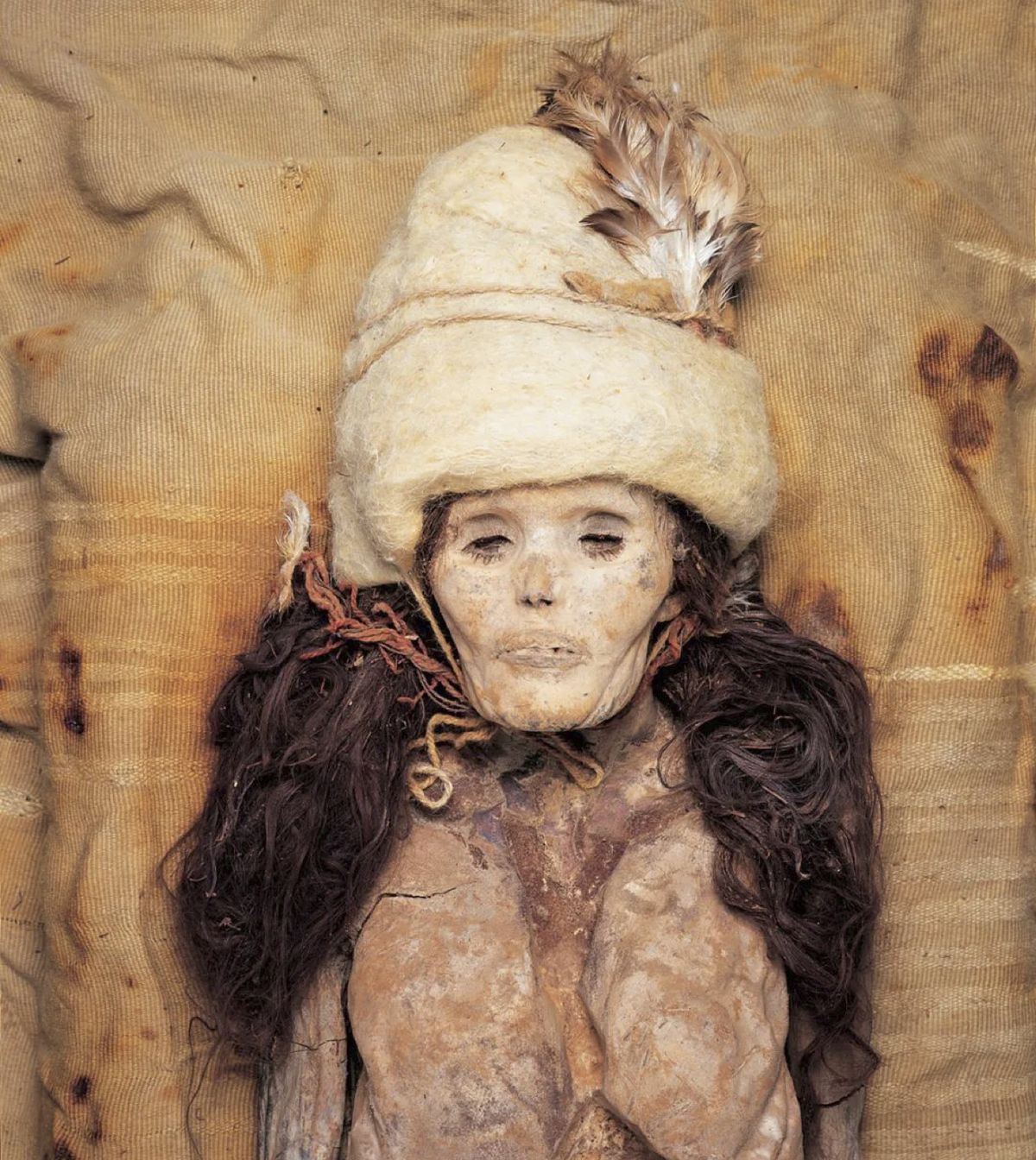The Museum of Aquitaine Bordeaux has recently opened a remarkable exhibition called the Treasure of Garonne. This collection consists of 4001 Roman coins that were recovered from a shipwreck dating back to the 2nd century A.D. In an unprecedented event, all 4001 coins are now accessible for public viewing for the first time. These sestertii coins, made from orichalcum—an alloy resembling brass made from zinc and copper—span from the reign of Emperor Claudius (41-54 A.D.) to that of Antoninus Pius (138-161 A.D.). As the largest and most significant Roman coin treasure found in France, it holds immense historical value.

The first coins from the treasure were discovered accidentally in 1965 during dredging works on the Garonne river.

Former University of Bordeaux professor Robert Étienne recognized that there were likely more coins to be found and organized a series of systematic excavations at several sites on the river over the next six years.
Coins have continued to turn up in the decades since, donated by individuals and institutions, some even found at private constructions sites trapped in sand from the Garonne that was being used as aggregate.
One of the museum’s conservators found a coin when he was a child and he donated it so it could join its brethren in the comprehensive exhibition.

The most recent donation of an orichalcum coin from the Treasure of the Garonne was received just last month. Charred pieces of wood found in the initial discovery suggest that the coins were on board a merchant ship traveling upriver from Burdigala (modern-day Bordeaux) between 170 and 176 A.D. The vessel caught fire and sank with its cargo, including thousands of orichalcum sestertii, many of which showed visible signs of alteration due to the fire.

Estimates based on the ship’s cargo size suggests as many as 800 coins are still unaccounted for, snapped up by souvenir hunters during the initial find, embedded in the sediment still on the river bed or inadvertently built into random walls.
Recording and studying the massive number of coins has taken decades, which is why the complete treasure has never been on display until now.

The coins have been invaluable in answering questions about the composition of orichalcum, particularly its zinc content and how it changed from the first century to the end of the second.





